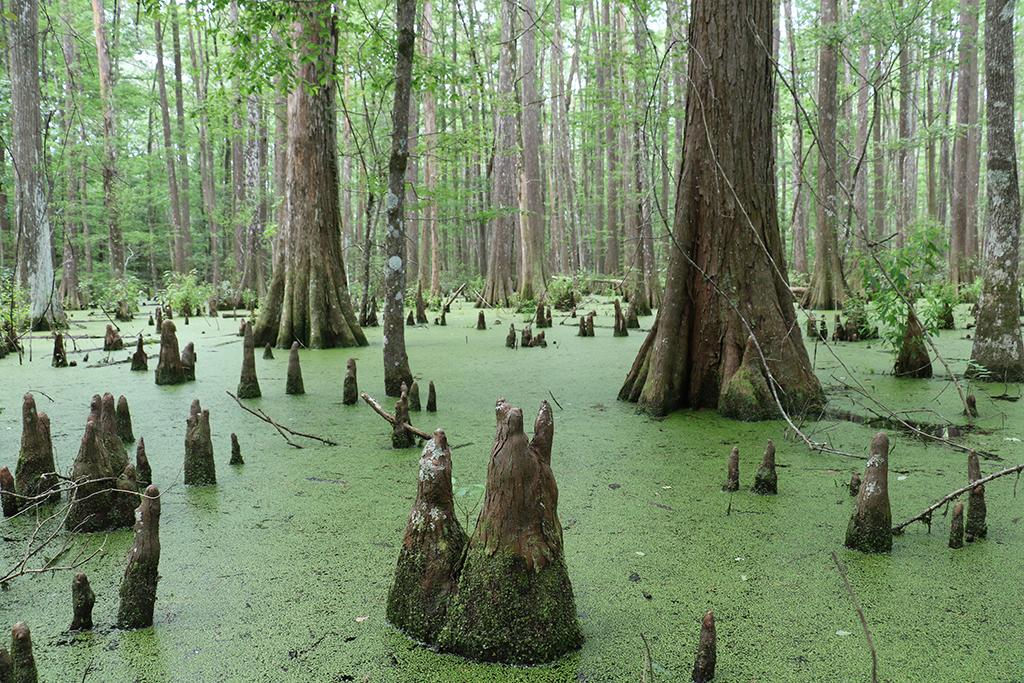
Cypress knees in a swamp, Big Thicket National Preserve / National Park Service
There are quite a few parks associations out there, all with programs to help enrich a visitor’s experience through teaching visitors about the things they can see and experience in the park and explaining how important national parks and protected lands are. This particular quiz focuses on parks and other protected lands supported by the Western National Parks Association across 12 Western states. See just how much you know about some of these parks before checking the answers at the bottom of the page.
1. James Gow, a U.S. Forest Service employee, wrote an article in 1904 about Big Thicket National Preserve in Texas before it was established as such. Mr. Gow identified a number of ecological regions that separated “the Thicket” from other Texas forests. How many ecological regions did Mr. Gow identify?
a) 3
b) 5
c) 6
d) 7
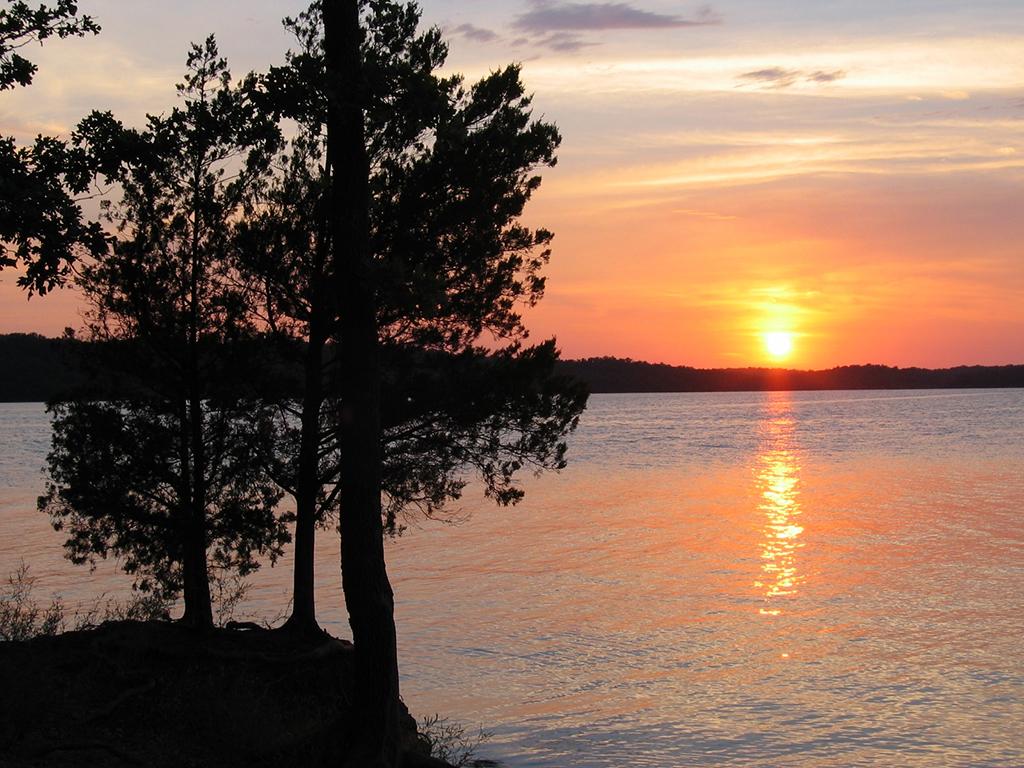
Sunset at the Point - Lake of the Arbuckles, Chickasaw National Recreation Area / National Park Service
2. Chickasaw National Recreation Area in Oklahoma was originally authorized under a different name before becoming an NRA:
a) Little Niagara Falls Preserve
b) Sulphur Springs Reservation
c) Rock Creek National Wildlife Refuge
d) Little Niagara Falls National Recreation Area
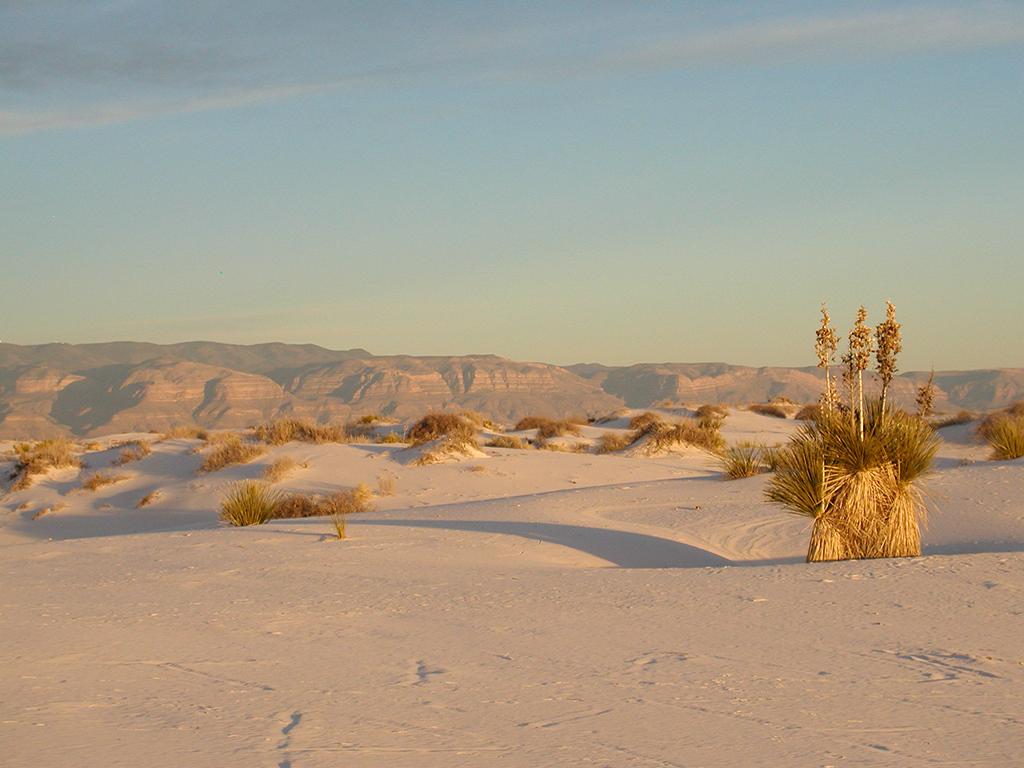
The landscape at White Sands National Park / National Park Service
3. What is the connection between White Sands National Park and Africa?
a) Ibex
b) Kudu
c) Nyala
d) Oryx
4. What was America’s first national recreation area?
a) Lake Chelan National Recreation Area
b) Glen Canyon National Recreation Area
c) Lake Mead National Recreation Area
d) Delaware Water Gap National Recreation Area
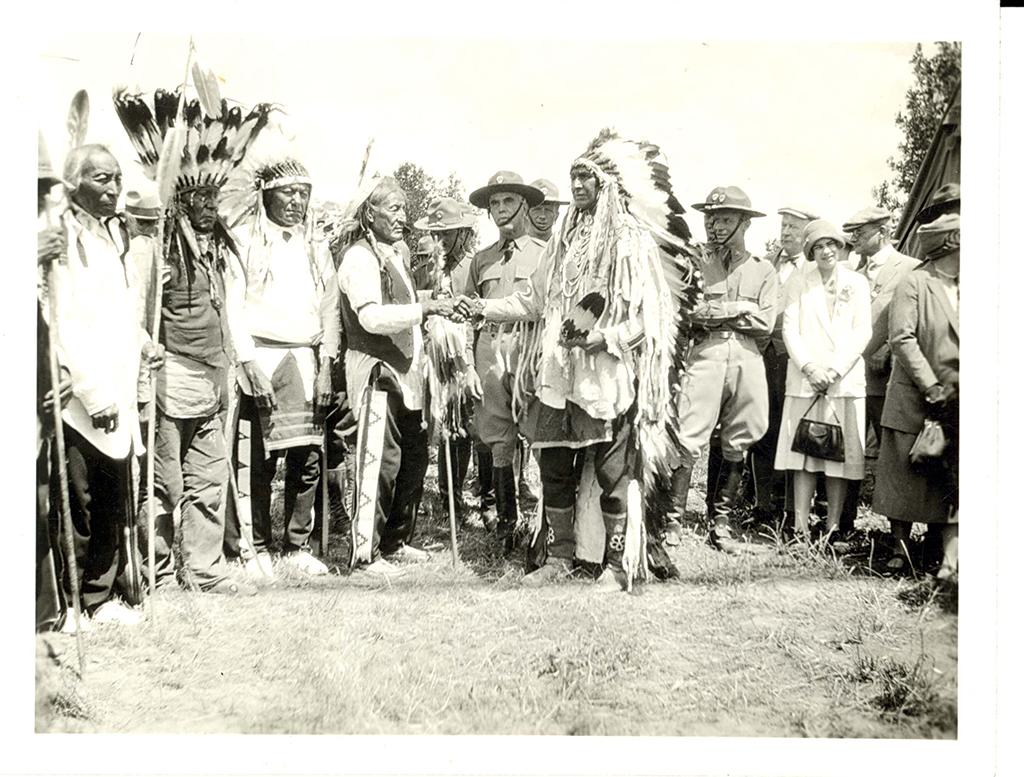
1926 commemoration of the 50th Anniversary of The Battle of the Little Bighorn, Little Bighorn Battlefield National Monument / National Park Service
5. At Little Bighorn Battlefield National Monument, “This area memorializes the US Army's 7th Cavalry and the Lakotas and Cheyennes in one of the Indians' last armed efforts to preserve their way of life.” What name do the Lakota Sioux and Cheyenne call the Battle of Little Bighorn?
a) Battle of Greasy Grass Creek
b) Battle of Little Bighorn
c) Custer’s Last Stand
d) Battle of the Plains
6. The oldest and only remaining Black settlement west of the Mississippi River is located at:
a) Fort Larned National Historic Site
b) Nicodemus National Historic Site
c) Fort Scott National Historic Site
d) Fort Bowie National Historic Site
7. Tuzigoot National Monument gets its name from an Apache word meaning:
a) Silver River
b) Red Rock
c) Flat Plain
d) Crooked Water
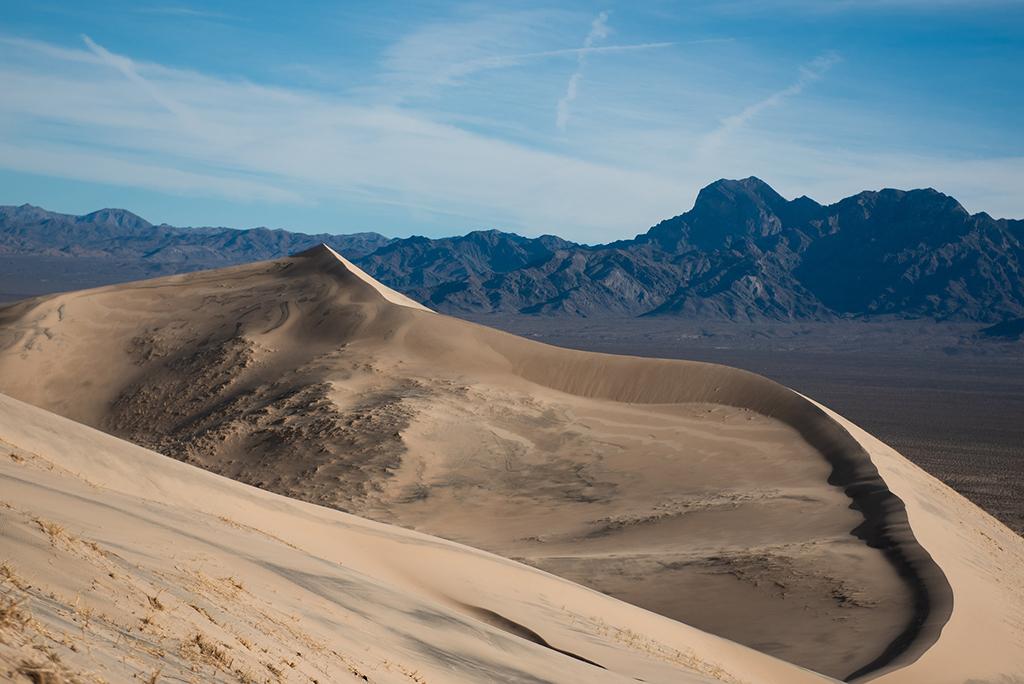
Kelso Sand Dunes, Mojave National Preserve / NPS-Kelsey Graczyk
8. If you climb to the top of the Kelso Sand Dunes in Mojave National Preserve, you’ll be rewarded with something unique:
a) The sand dunes move and you will move with them too
b) The sand dunes “sing”
c) The sand dunes glow at night
d) You’ll find fossils in the sand dunes
9. The Lewis and Clark National Historic Trail is approximately 4,900 miles long. It connects quite a few states, too. How many?
a) 8
b) 10
c) 13
d) 16
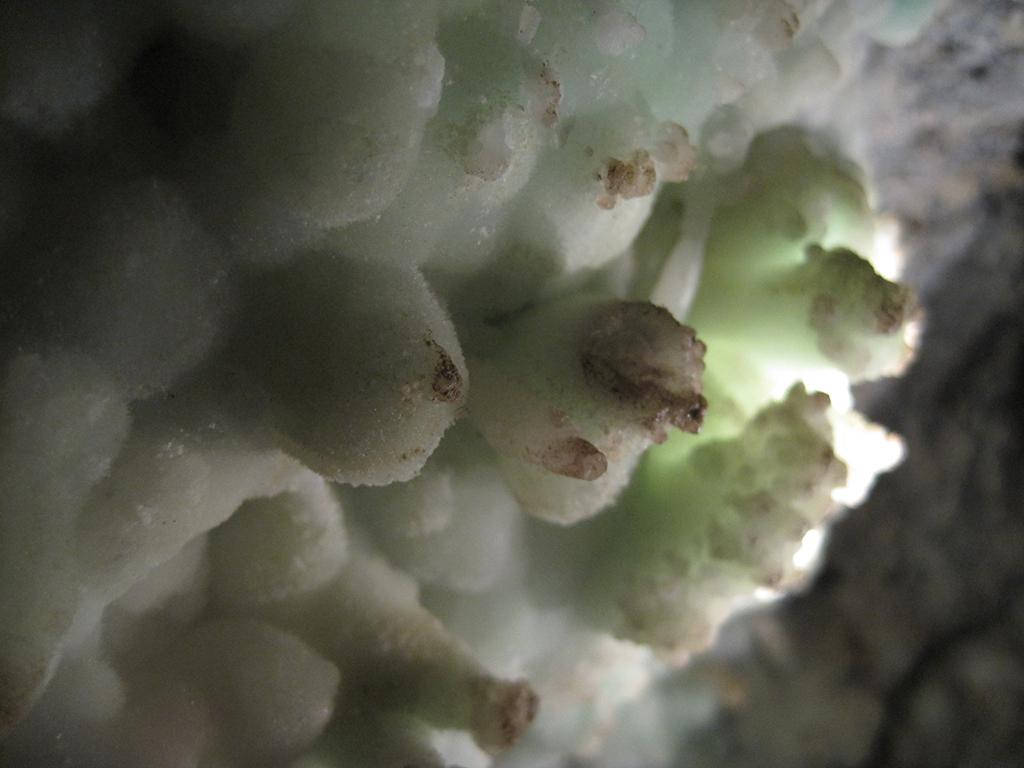
Aragonite crystals colored green by nickel, Timpanogos Cave National Monument / National Park Service
10. The cave system at Timpanogos Cave National Monument is famous for its:
a) Formation colors
b) Fault-controlled passages
c) Helectites
d) All of the above
Trivia
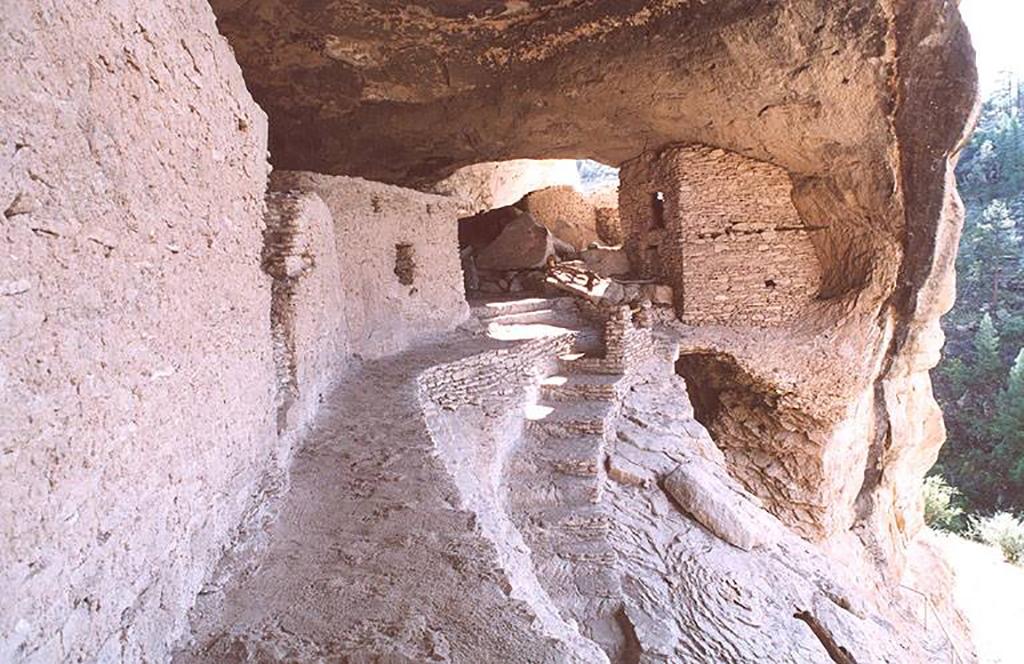
Cave 4 catwalk, Gila Cliff Dwellings National Monument / National Park Service
For thousands of years, groups of nomadic people used the caves of the Gila River as temporary shelter. In the late 1200s, people of the Mogollon Culture decided it would be a good place to call home. They built rooms, crafted pottery and raised children in the cliff dwellings for about twenty years. Then the Mogollon moved on, leaving the walls for us as a glimpse into the past at Gila Cliff Dwellings National Monument.
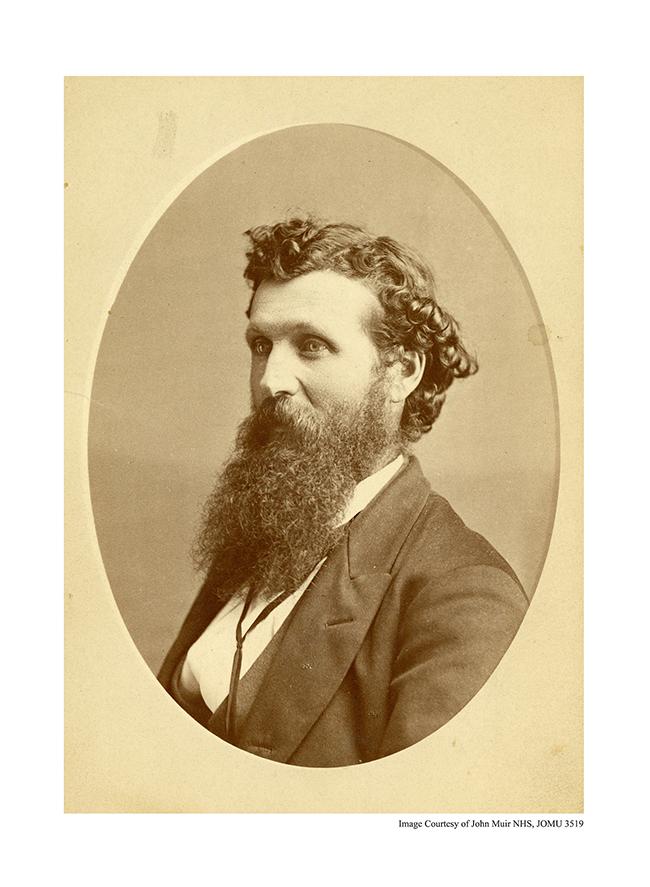
John Muir, ca 1870, John Muir National Historic Site / National Park Service
A visit to John Muir National Historic Site in California will show you the many roles this man played throughout his life. “A leaf, a flower, a stone - the simple beauty of nature filled John Muir with joy. Muir shared his love of nature through writing and inspired people to protect our country's wild places, fueling the formation of the National Park Service and the modern conservation movement. Muir loved all things wild and saw humans as one small part of nature. He valued the natural world not only for economic gain, but for its beauty and healing powers. Muir championed the revolutionary idea that wild spaces should be set aside for all to enjoy.
"John wrote and had published over 300 magazine articles and 12 books. These books and articles bubble over with his love of adventure, nature, wildness and the inter-connectivity of it all. At the time of his death he was working on a book about his travels in Alaska. He had plans and enough material in his notebooks for ten more books.”
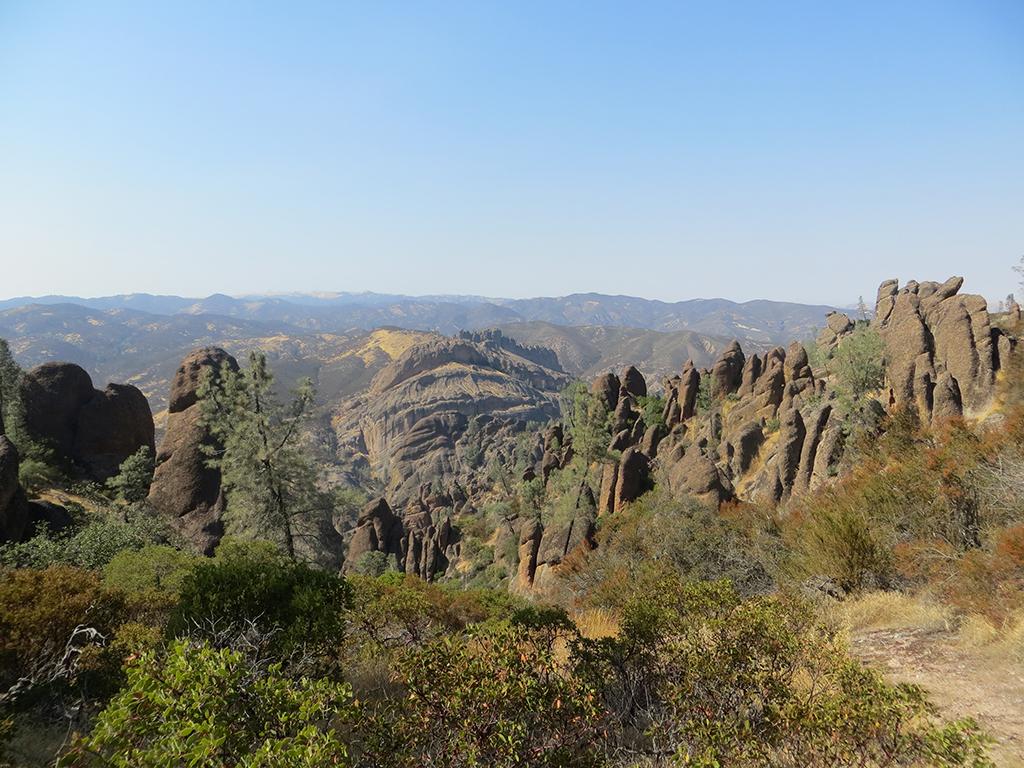
The Balconies Cliffs seen from the High Peaks Trail, Pinnacles National Park / National Park Service
“Some 23 million years ago multiple volcanoes erupted, flowed, and slid to form what would become Pinnacles National Park. What remains is a unique landscape. Travelers journey through chaparral, oak woodlands, and canyon bottoms. Hikers enter rare talus caves and emerge to towering rock spires teeming with life: prairie and peregrine falcons, golden eagles, and the inspiring California condor. To learn more about how Pinnacles’ landscape formed, click here.
Quiz Answers
1c
James Gow identified six ecological regions that separated the Thicket from other Texas forests: “pine flats, pine upland, high hammock, swamp, low hammock and hardwood bottom. His article was incomplete but was the first ecological approach to the region that would later be used to define the park.” To read more about the creation of this national preserve, click here.
2b
“Chickasaw National Recreation Area is in southcentral Oklahoma, between Dallas, Texas and Oklahoma City, Oklahoma. Chickasaw National Recreation Area was originally authorized in 1902 as Sulphur Springs Reservation and was renamed and redesignated as Platt National Park in 1906. In 1976, Platt National Park, Arbuckle National Recreation Area, and additional lands were combined to establish Chickasaw National Recreation Area.” To read more about why this place is so special, click here.
3d
“Between 1969 and 1977, 95 oryx were released on White Sands Missile Range and the surrounding areas. … Because the oryx is not native to this country, the National Park Service is concerned about how this animal affects the native plants and animals of White Sands National Park. In 1996, the NPS erected a 67-mile (108 km) boundary fence to prevent the oryx from entering the park.” To learn more about non-native species in this park, click here.
4c
Not only is Lake Mead National Recreation area America’s first NRA, but it’s also the largest NRA. To learn more about this amazing place, click here.
5a
The Lakota Sioux and Cheyenne called it the Battle of Greasy Grass Creek for the “greasy” appearance of the grass in the water near the site where they fought. To learn more about the Battle of Little Bighorn, click here.
6b
“Formerly enslaved African Americans left Kentucky in organized colonies at the end of the of post-Civil War Reconstruction period to experience freedom in the "promised land" of Kansas. Nicodemus represents the involvement of African Americans in the westward expansion and settlement of the Great Plains. It is the oldest and only remaining Black settlement west of the Mississippi River.” To read more about this national historic site, click here.
7d
“Tuzigoot was named by an Apache member of the excavation crew. He suggested naming the pueblo after a nearby water source and suggested the Apache word for 'Crooked Water'. Tuzigoot is an Anglicization of the Apache word.”
8b
“Kelso is one of a few acoustic dunes that produce a squeaking or booming sound as sand grains compress and slip over one another. A silica coating on the grains that helps them stick together also resonates when they are moved.”
9d
“The Trail connects 16 states (Pennsylvania, Ohio, West Virginia, Kentucky, Indiana, Illinois, Missouri, Kansas, Nebraska, Iowa, South Dakota, North Dakota, Montana, Idaho, Washington, and Oregon) and many tribal lands. It is administered by the National Park Service.”
10d
“Helictites are spiral formations that seem to defy gravity. In the Chimes Chamber in Timpanogos Cave, there are hundreds of 6- to 10-inch long helictites. These formations are created by capillarity attraction, hydrostatic pressure, and tiny (0.008 to 0.5 millimeter) central canals (Hill & Forti 1997). In simpler words, water is pushed and pulled through small openings where the forces of capillarity attraction and hydrostatic pressure are greater than the force of gravity.
Timpanogos Cave contains formations displaying colors of green and yellow. X-ray analysis shows this rare green and yellow coloring to be from nickel incorporated into the crystal structure. The X-ray analysis of the yellow reveals only calcite, and the green is from mainly aragonite. (White & Gundy 1974)
The passages in Timpanogos Cave are greatly controlled by faulting. Looking at a map of Timpanogos Cave, one sees many paralleling passages following the fault trends. “
References
In addition to the information found at NPS.gov for each site, I also used the following references below.
https://www.funtrivia.com/playquiz/quiz3109392398db0.html
https://centerofthewest.org/explore/western-art/interactives/battle-greasy-grass/
https://www.newmexico.org/places-to-visit/regions/southwest/gila-cliff-dwellings/



Comments
Thanks again - I keep learning more and more about our NPS!!
Thanks, Chip! So do I, every time I start creating one of these quizzes.